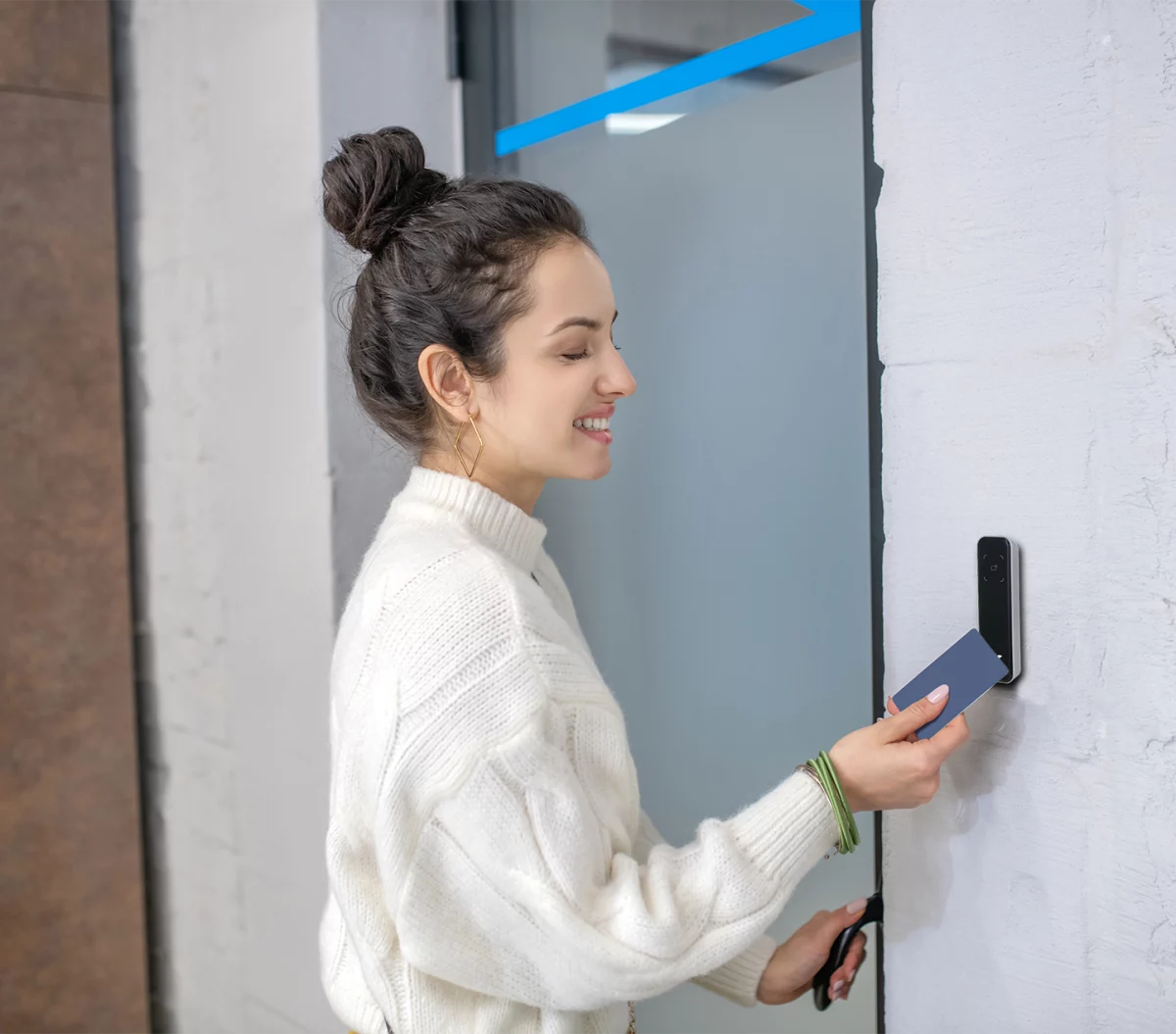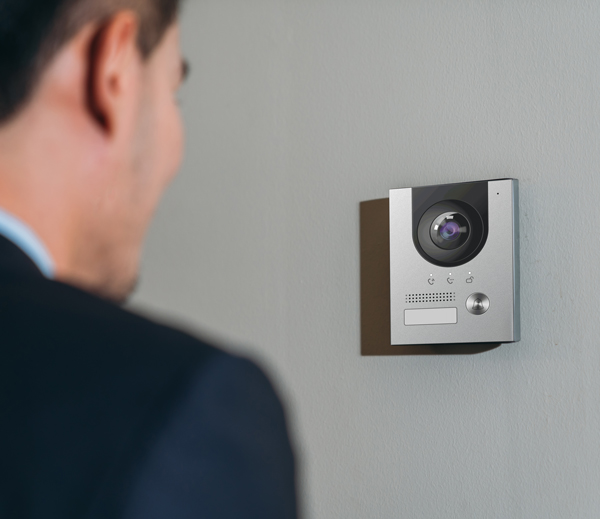
Which Access Control System Is The Least Secure?
Not all access control systems are created equal. Some offer a high level of security, while others are more vulnerable to security breaches.
In today’s world of technology and connected systems, security is a top concern. Access control systems, in particular, play an important role in securing offices, assets, and other sensitive areas. However, not all access control systems are created equal. Some offer a high level of security, while others are more vulnerable to security breaches. Among these, PIN (Personal Identification Number) based systems are often considered the least secure access control systems despite their simplicity and low cost.
The Attractiveness Of PIN-Based Access Control Systems
Before delving into the risks of PIN-based systems, it’s important to understand why they’re still in use today. Its appeal lies primarily in its simplicity and affordability.
- Ease of use: The PIN system is easy and user-friendly. Anyone who can remember a series of 4-6 numbers can use it.
- Low-Cost: These systems are typically less expensive than other access control solutions such as biometric, Bluetooth or fob-based systems, making them popular with low budget purchasers.
However, despite these advantages, PIN-based systems are often referred to as the “least secure access control system,” and for good reason.
The Pitfalls Of PIN-Based Systems
PIN-based systems inherently rely on user behaviour and therefore have many security vulnerabilities. Here are four main issues:
PIN Confidentiality: The security of PIN-based systems is at the discretion of the user. System security is compromised when users write down the PINs, share them with others, or dial numbers that are easy to guess. The most frequently used PIN number in the UK is 1966, closely followed by 1234.
Shoulder Surfing: This is a technique where a malicious person observes the individual entering their PIN and uses that knowledge to gain unauthorised access. This is a simple but successful security breach technique. It’s also often easy to deduce from worn keys which 4 numbers have been chosen, which dramatically reduces the number of potential combinations.
Lack of Individual Identification: Unlike biometric systems, PINs have no way of identifying who used them. With multiple people using the same PIN, it can be very difficult to see who has accessed the system at any given time. Whereas electronic access control systems such as Almas’ biometric door entry systems record a log of who successfully entered the area, and when.
Keeping it Current: to keep a business protected by a pin code door entry system as secure as possible, you would have to change the pin code regularly. That means every time a member of staff or a user leaves. Every time you give it to a temporary user. That then means communicating the new pin to all users and dealing with the people that didn’t get the new code or forgot it.
Explore Other Access Control Systems
PIN-based systems are the least secure access control systems, but other alternatives offer greater security.
- Video intercoms: This allows users to visually verify an individual’s identity before granting access, providing an additional layer of security. These are best used for visitor rather than regular user management as they are labour intensive in a high traffic environment.
- Bluetooth systems: These systems take advantage of the omnipresence of smartphones and use encrypted digital keys for access, making them difficult to crack.
- Biometric access control systems: These systems use unique biological properties such as fingerprints, facial recognition, iris and venal scanning, making them the most secure.
Balancing Safety and Comfort
PIN-based access control systems offer simplicity and cost efficiency but are also the least secure option. They rely heavily on user behaviour and lack the security features of other systems such as video intercoms, Bluetooth, and biometric systems.
Each access control system has its pros and cons, and which one is right for you depends on your specific needs, budget and level of security you want. Understanding these differences is critical to making informed decisions and effectively protecting your space. Remember that the cheapest option is not always the best when it comes to security, but neither is the most expensive, it depends on the flow of people, vehicles and visitors through your site and the level of security you need.
Get in touch with our Almas Industries’ Security experts and they can advise you on which access control system would be right for your business. Call us today to book your free consultation and site survey.




